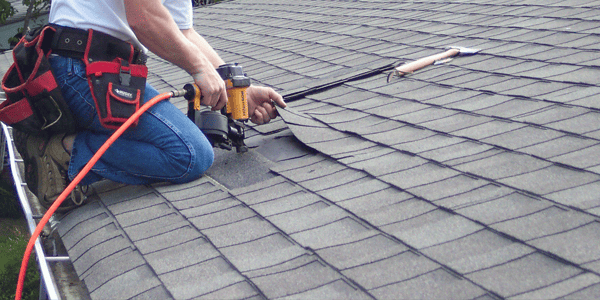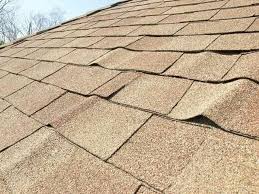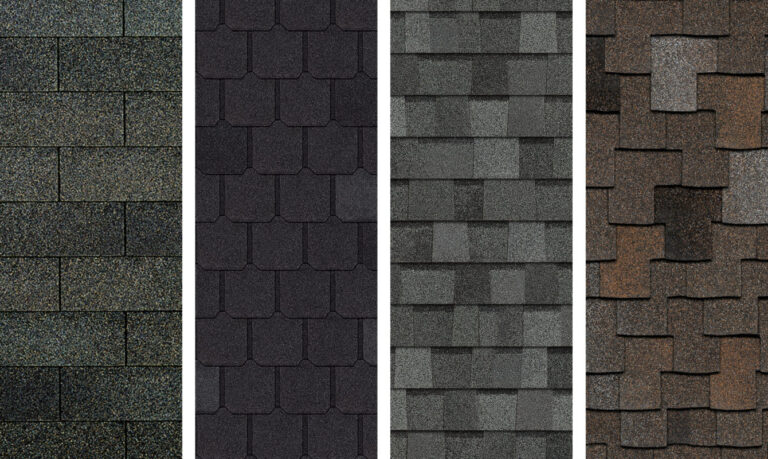After a severe weather event, assessing your roof for potential storm damage is crucial. Knowing what signs to look for and how to identify them can help you take appropriate action and prevent further issues. If you’re asking yourself what roof storm damage looks like, this guide will walk you through the steps to assess roof storm damage effectively.
1. Assessing the External Appearance:
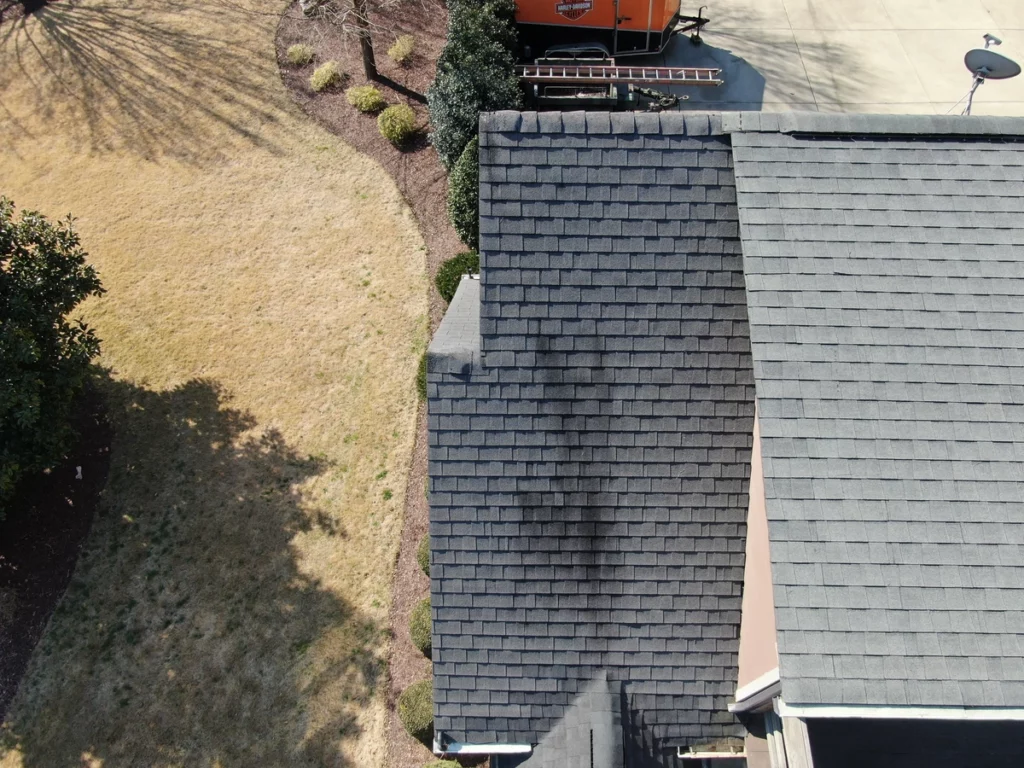
When assessing the external appearance of your roof after a severe weather event, there are several key signs of roof storm damage to look out for:
- Visually inspect your roof for missing or damaged shingles. Look for shingles that are dislodged or completely torn off by high winds.
- Check for cracked or dented shingles, as these are clear indicators of storm damage.
- Inspect the areas where the roof meets other structures, such as vents, chimneys, or skylights. Pay close attention to the flashing or seals that connect them to the roof and look for any signs of dents, cracks, or separation.
- Check your gutters for signs of granules from the shingles. Excessive granules in your gutters or on the ground around your home may indicate roof damage.
2. Checking for Water Leaks:
Water leaks are a common consequence of roof storm damage. It is essential to check for signs of water infiltration in your home:
- Look for water stains on your ceiling or walls, which may appear as discoloration, patches, or bubbling paint.
- Inspect your attic for damp spots, discoloration, or mold growth, as these are clear indications of water penetration.
Addressing water leaks promptly is crucial to prevent further damage to your roof structure and the interior of your home.
3. Damage to Flashing and Vents:
Flashing and vents are vulnerable to damage during a severe weather event. Follow these steps to inspect and identify any damage:
- Inspect the flashing around chimneys, vents, and skylights for any signs of dents, cracks, or separation.
- Check the vents for any visible damage, such as displacement or detachment caused by high winds or debris from the storm.
4. Soffit and Fascia Damage:
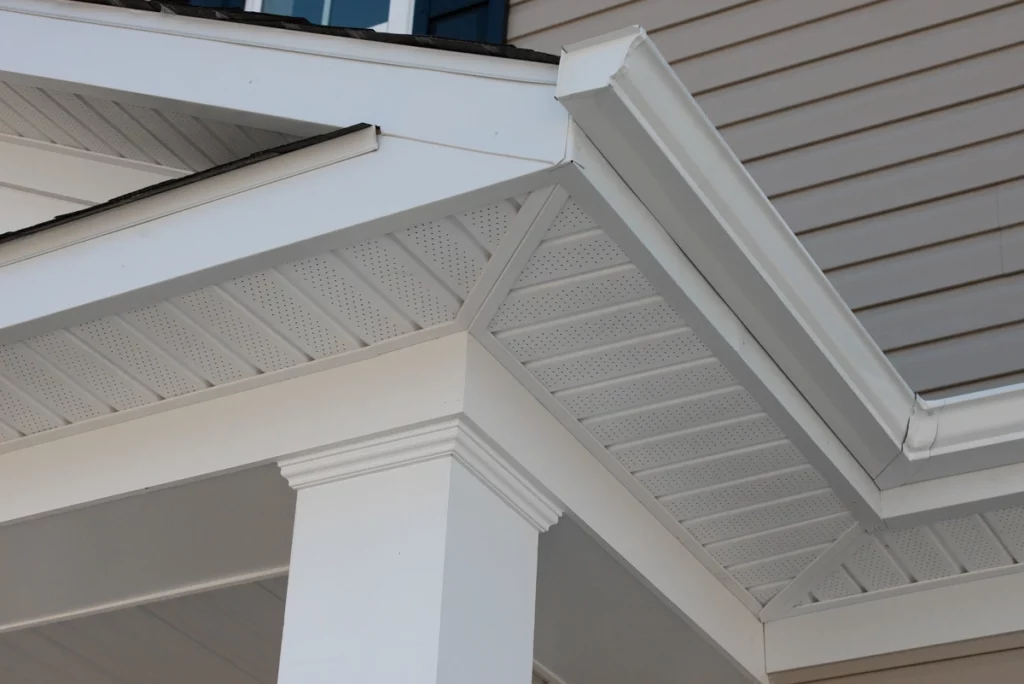
Inspecting soffit and fascia is crucial, as they act as protective barriers for your roof:
- Examine your soffit for any signs of cracking, discoloration, or loose panels.
- Check the fascia for visible damage, such as dents or warping.
Addressing soffit and fascia damage promptly is essential to prevent further deterioration of your roof structure.
5. Professional Inspection:
While you can assess visible signs of roof storm damage, it’s crucial to have a professional inspection. Here’s why:
- A roofing expert can identify hidden issues that may not be visible to an untrained eye.
- They will thoroughly examine your roof to assess the extent of the damage.
- A professional inspection includes checking underlying layers, such as the roof deck and insulation.
- Based on their findings, they will provide you with an accurate assessment and recommend the most suitable repair or restoration solution.
Roof Repair After the Storm
If your home has experienced roof damage from a storm, it’s important to clean your roof properly before attempting to repair it. Choosing the right roof cleaning products can be a daunting task. It’s best to use a non-toxic cleaner specifically designed for roofing materials. You should also research what type of material your roof is made from since different products may be recommended for different types.
In addition, make sure the roof cleaning product you choose disinfects and prevents the growth of fungi, mold, moss, and other organic growth that can appear after a storm. It’s also wise to ensure the cleaner you choose contains no acidic substances. Finally, choose a roof cleaner that’s safe for the environment and read any instructions and warnings before applying it.
Severe Weather Event Roof Restoration
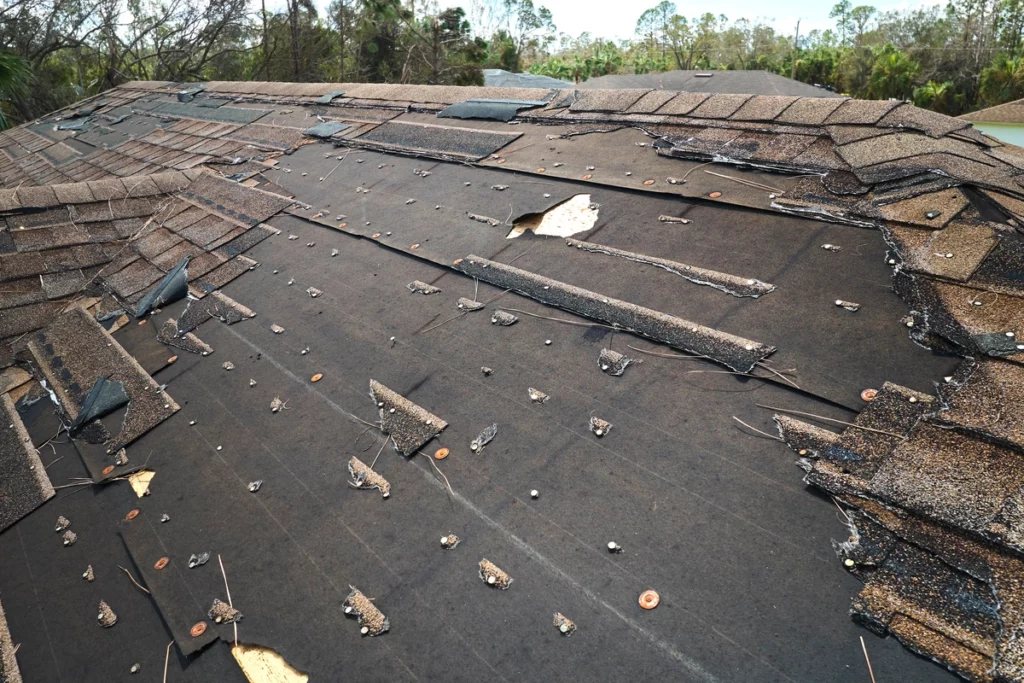
When roof restoration is necessary following a severe weather event, choosing the right roof cleaning products is essential. Establishing a good plan of action begins with assessing the damage and determining the best materials and cleaning agents for the job. It’s important to choose products that are safe for the roof material and the surrounding environment and effective against dirt, mold, mildew, and anything else that could be a potential contributor to the damage.
Take time to research, read customer reviews, and discuss the best options with the roofing repair contractor. When using harsh chemical roof cleaning agents, safety precautions and instructions should be strictly followed to ensure that the roof is restored properly and the environment around the property is safeguarded. Review the manufacturer’s application instructions and safety warnings carefully before use.
Hiring a Reliable Roofing Contractor
When it comes to repairing storm damage to your roof, it’s important to hire a reliable roofing contractor to ensure the job is done correctly. However, choosing the right products for cleaning your roof is just as important. The best roof cleaning products should be designed specifically for your roof type so they don’t damage the materials.
Ensure that the products are safe and gentle enough for the environment and your home. Additionally, be sure to check whether the products are capable of cleaning the stains and mold from the surface of the roof. Look for products with protective features like those which will create a protective shield against UV rays, dust, and dirt. Finally, check whether the products are easy to apply, as this will save time and make the job easier. With these tips in mind, you’ll be able to find the best roof-cleaning products for your home.
Identifying roof storm damage is crucial for homeowners after a severe weather event. By assessing the external appearance, checking for water leaks, inspecting flashing and vents, monitoring soffit and fascia, and seeking professional inspection, you can determine the extent of the damage and take appropriate action. Act promptly to address any issues to prevent costly problems in the future.
If you suspect your roof has suffered storm damage, don’t hesitate to contact a professional roofing contractor to schedule an inspection. They will provide a comprehensive assessment and guide you in choosing the best action. Remember, promptly addressing roof storm damage will protect your investment, restore your roof’s integrity, and ensure your home’s safety.
Contact us today to discuss your roof cleaning needs and to receive a quote!
